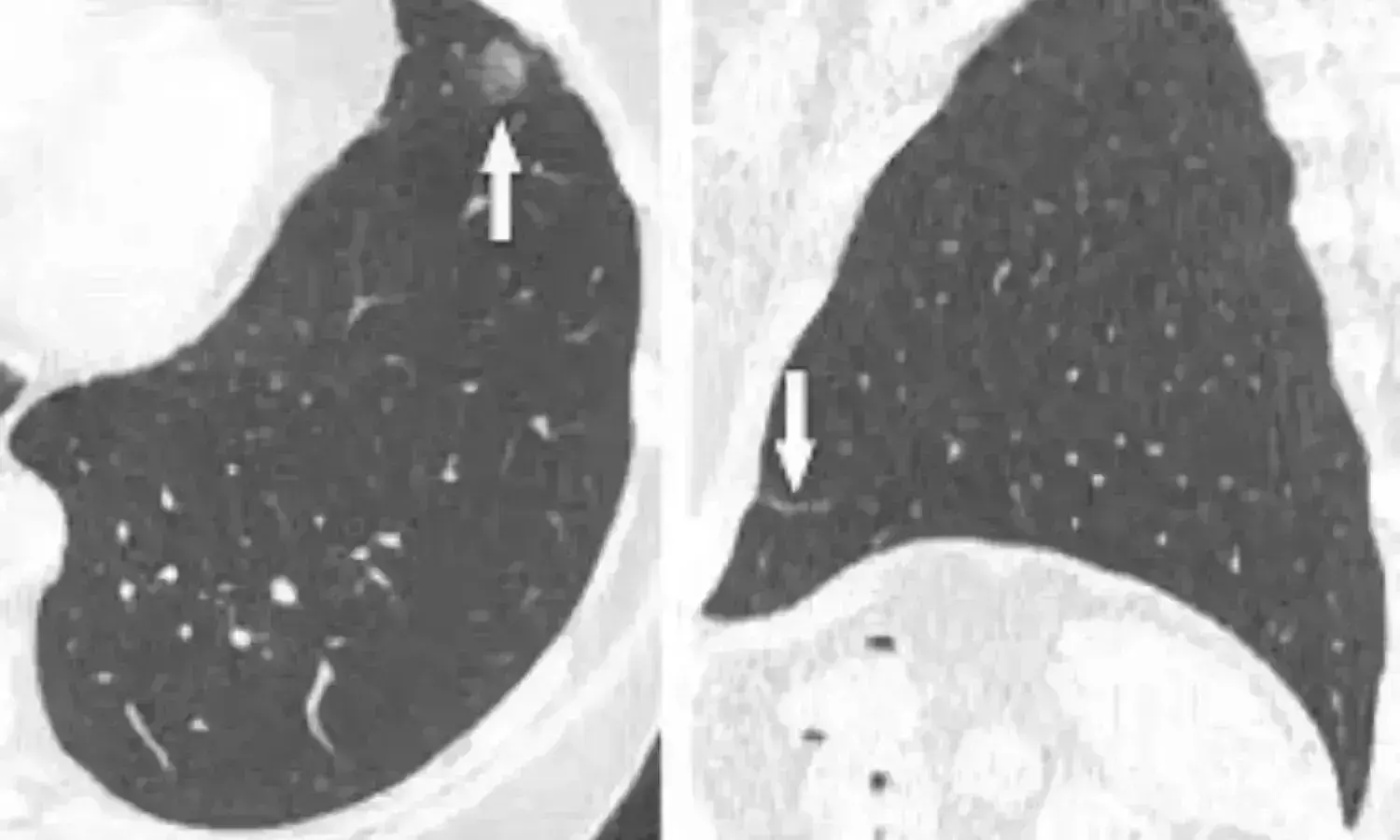- Home
- Medical news & Guidelines
- Anesthesiology
- Cardiology and CTVS
- Critical Care
- Dentistry
- Dermatology
- Diabetes and Endocrinology
- ENT
- Gastroenterology
- Medicine
- Nephrology
- Neurology
- Obstretics-Gynaecology
- Oncology
- Ophthalmology
- Orthopaedics
- Pediatrics-Neonatology
- Psychiatry
- Pulmonology
- Radiology
- Surgery
- Urology
- Laboratory Medicine
- Diet
- Nursing
- Paramedical
- Physiotherapy
- Health news
- Fact Check
- Bone Health Fact Check
- Brain Health Fact Check
- Cancer Related Fact Check
- Child Care Fact Check
- Dental and oral health fact check
- Diabetes and metabolic health fact check
- Diet and Nutrition Fact Check
- Eye and ENT Care Fact Check
- Fitness fact check
- Gut health fact check
- Heart health fact check
- Kidney health fact check
- Medical education fact check
- Men's health fact check
- Respiratory fact check
- Skin and hair care fact check
- Vaccine and Immunization fact check
- Women's health fact check
- AYUSH
- State News
- Andaman and Nicobar Islands
- Andhra Pradesh
- Arunachal Pradesh
- Assam
- Bihar
- Chandigarh
- Chattisgarh
- Dadra and Nagar Haveli
- Daman and Diu
- Delhi
- Goa
- Gujarat
- Haryana
- Himachal Pradesh
- Jammu & Kashmir
- Jharkhand
- Karnataka
- Kerala
- Ladakh
- Lakshadweep
- Madhya Pradesh
- Maharashtra
- Manipur
- Meghalaya
- Mizoram
- Nagaland
- Odisha
- Puducherry
- Punjab
- Rajasthan
- Sikkim
- Tamil Nadu
- Telangana
- Tripura
- Uttar Pradesh
- Uttrakhand
- West Bengal
- Medical Education
- Industry
Stricter Lung-RADS may help detect cancer risk in nodules on follow-up CT: Study

USA: Researchers from Harvard University showed in a recent study that stricter Lung-RADS categories in terms of nodule size may help clinicians to categorize those found on follow-up lung cancer screening CT exams. The findings, published in the American Journal of Roentgenology, provide insight into radiologists' management of nodules detected on follow-up screening examinations.
Nodules may have different risks of lung cancer when new on follow-up CT versus when present on an earlier CT ("existing" nodules). Lung-RADS and volume-based NELSON categories have demonstrated variable performance in nodule risk assessment. Mark M. Hammer, Department of Radiology, Brigham and Women's Hospital, Harvard Medical School, Boston, MA, and colleagues, therefore, aimed to assess Lung-RADS and NELSON classifications for nodules detected on follow-up lung cancer screening CT examinations in a retrospective study.
The study included 185 patients (100 women, 85 men; median age, 66 years) who underwent lung cancer screening CT examinations for which a prior CT was available. The researchers performed stratified random sampling to enrich the sample with suspicious nodules, yielding 50, 45, 47, 30, and 13 nodules with Lung-RADS categories 2, 3, 4A, 4B, and 4X, respectively.
Using clinical reports, Lung-RADS categories were recorded. Nodules' linear measurements were extracted from clinical reports to generate Lung-RADS categories using strict criteria. NELSON categories were generated using a semiautomated tool to obtain nodule volumes. Lung cancer risk was assessed. ROC analysis was performed. Twenty-nine cancers were diagnosed.
The study revealed the following findings:
- Weighted cancer risk was 5% for new nodules, 1% for stable existing nodules, and 44% for growing existing nodules.
- No clinical category 2 nodule was cancer.
- Using strict Lung-RADS, 34 nodules, including 7 cancers, were downgraded to category 2. AUC for cancer was 0.96 for clinical Lung-RADS, 0.81 for strict Lung-RADS, 0.71-0.84 for NELSON (two readers), and 0.89 for nodule diameter.
- Clinical Lung-RADS achieved weighted sensitivity and specificity of 100% and 85% in the entire sample, 100% and 41% in new nodules, and 100% and 94% in existing nodules.
- Optimal diameter threshold was 8 mm for existing nodules, versus 6 mm for new nodules.
"Lung-RADS, as applied by radiologists in clinical practice, achieved excellent performance on follow-up screening examinations. Strict Lung-RADS downgraded some cancers to category 2," the researchers wrote. "Volumetric assessments had weaker performance than clinical Lung-RADS. New nodules warrant smaller size thresholds than existing nodules."
Reference:
The study titled, "Cancer Risk in Nodules Detected at Follow-up Lung Cancer Screening CT," is published in the American Journal of Roentgenology.
DOI: https://www.ajronline.org/doi/10.2214/AJR.21.26927
Dr Kamal Kant Kohli-MBBS, DTCD- a chest specialist with more than 30 years of practice and a flair for writing clinical articles, Dr Kamal Kant Kohli joined Medical Dialogues as a Chief Editor of Medical News. Besides writing articles, as an editor, he proofreads and verifies all the medical content published on Medical Dialogues including those coming from journals, studies,medical conferences,guidelines etc. Email: drkohli@medicaldialogues.in. Contact no. 011-43720751


